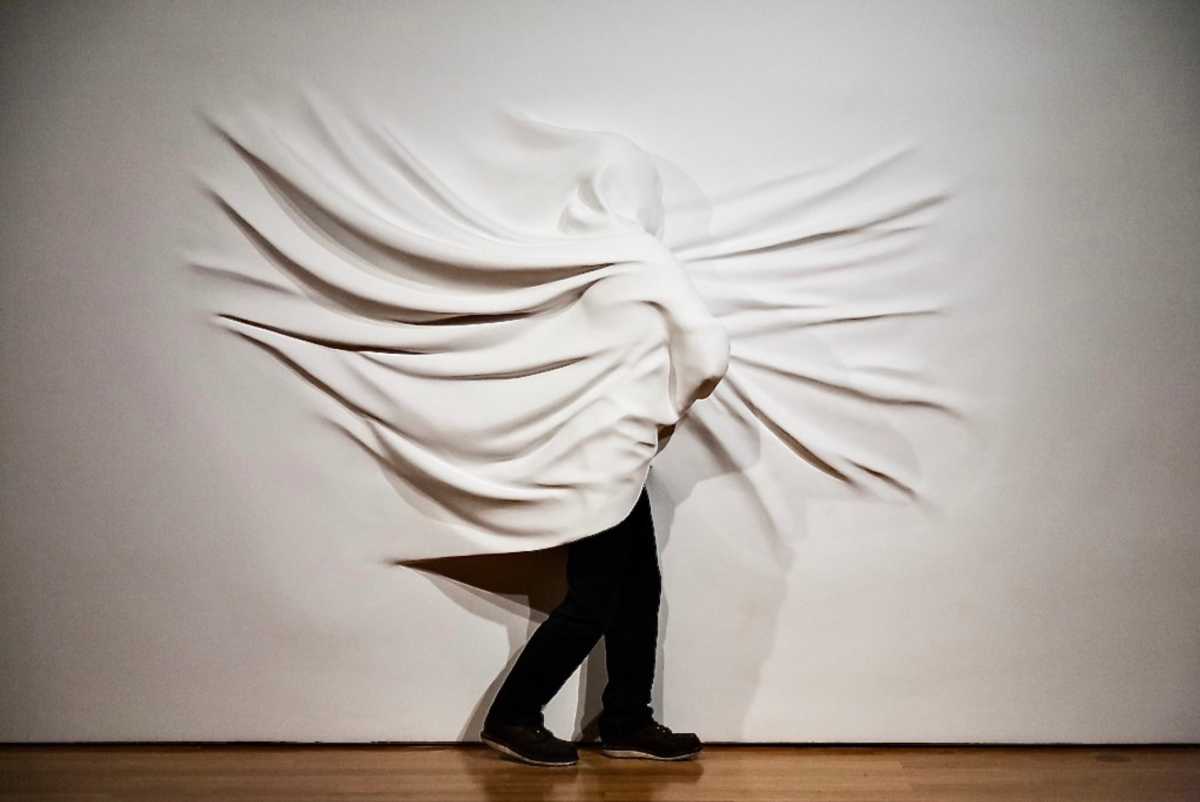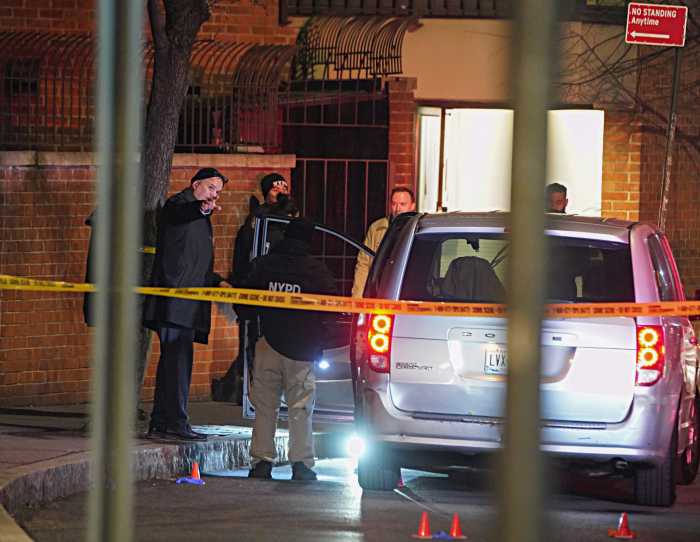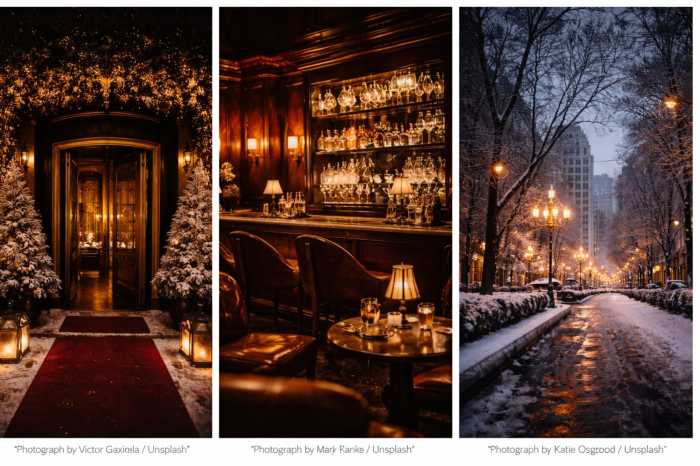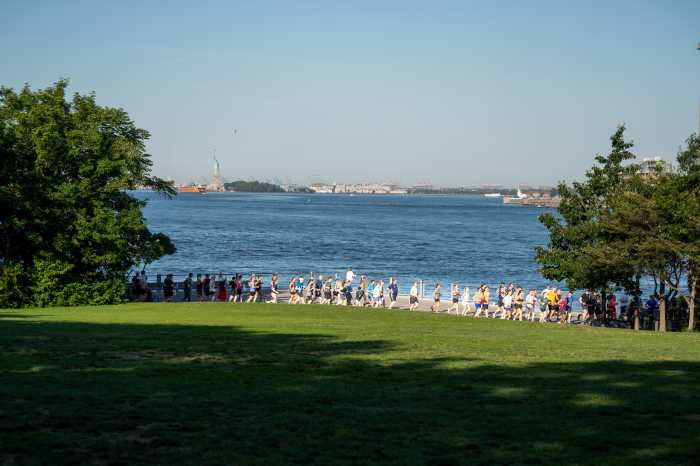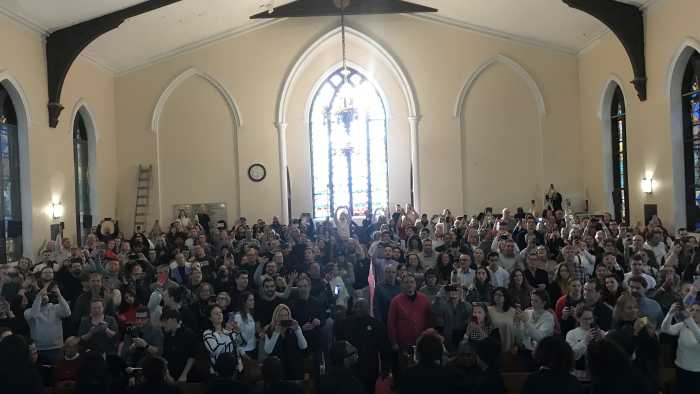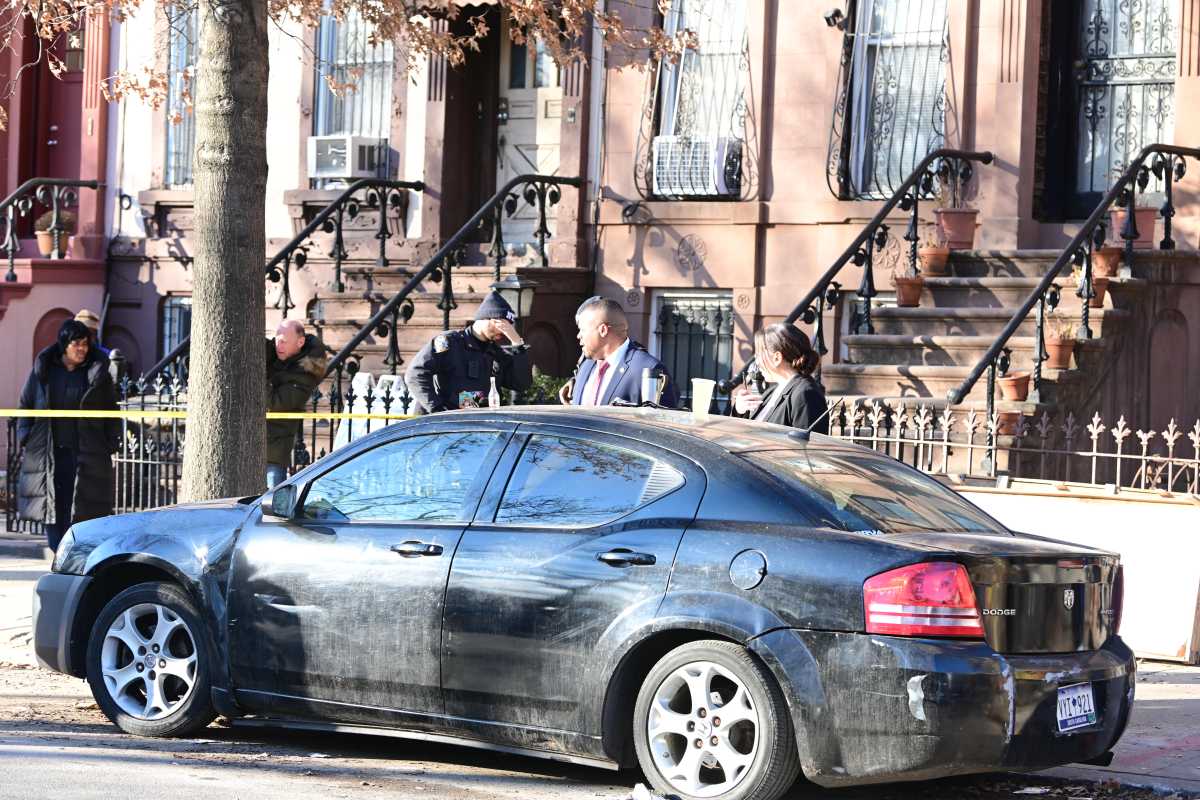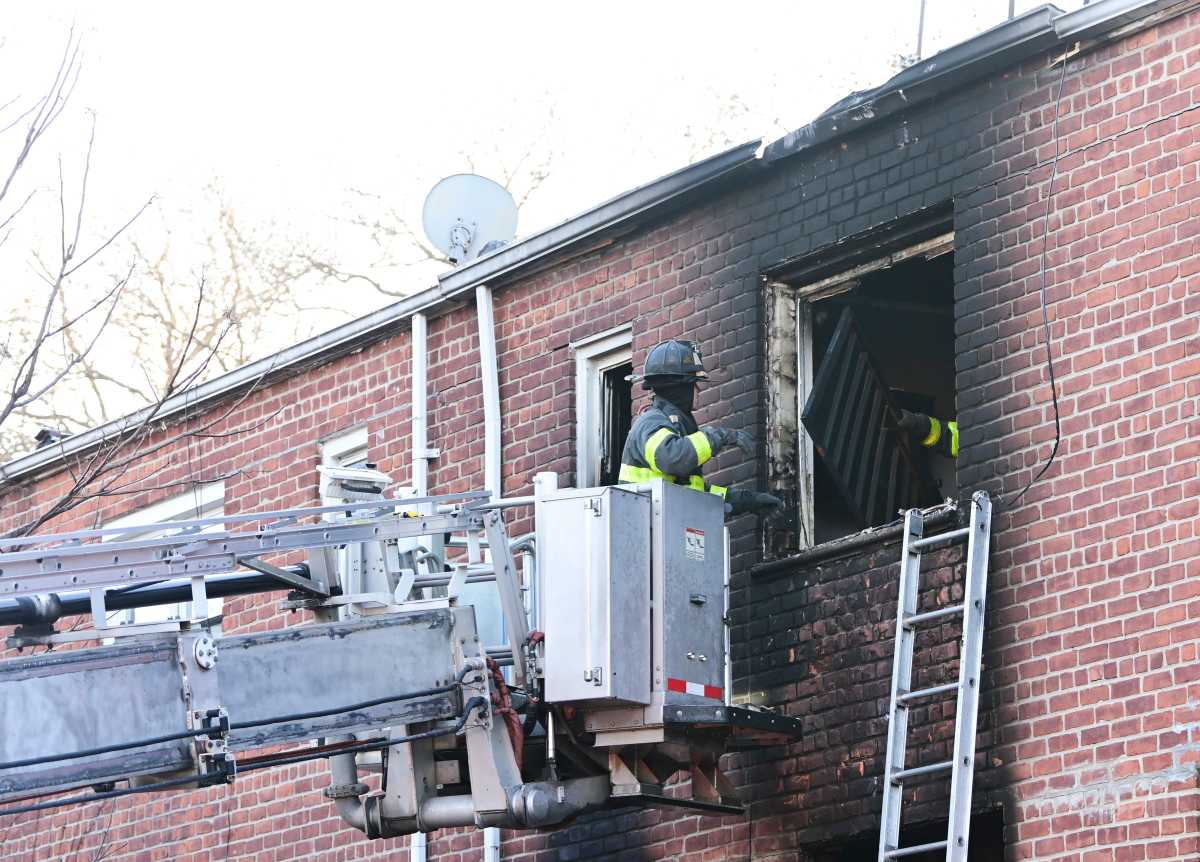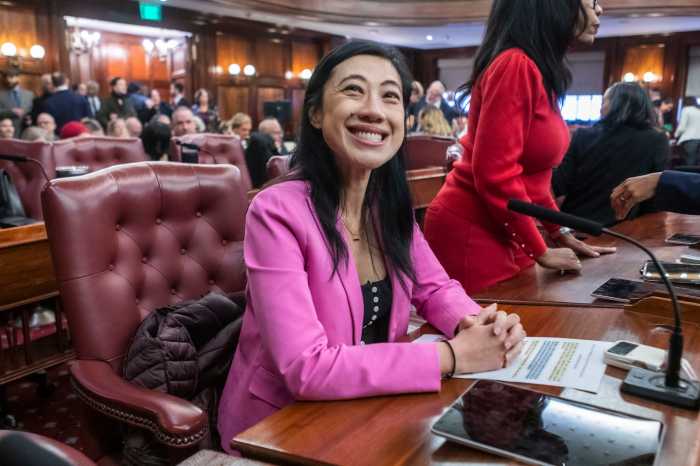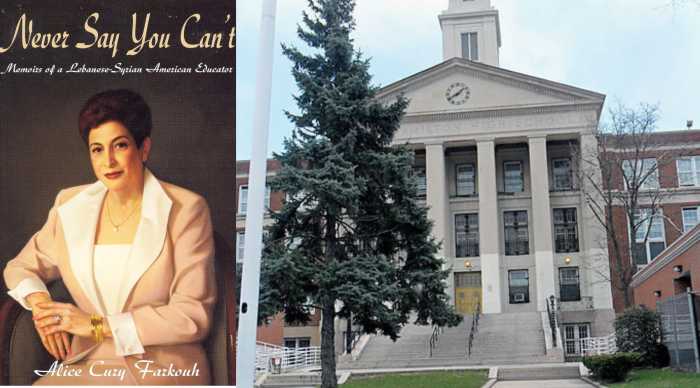In the art world, where innovation is both expected and elusive, few creators manage to redefine not only their craft but our very perception of the world. Daniel Arsham is one such artist—a master of visual deception, architect of impossible spaces, and conjurer of fractured timelines.
His work exists at the intersection of art, architecture, and archaeology, but more importantly, it exists at the edges of our collective memory, where the present dissolves into the past and the future.
Arsham’s aesthetic vision is rooted in the haunting beauty of decay and transformation. He often juxtaposes classical forms with futuristic, decaying materials. His eroded sculptures, which seem to crumble into dust before our very eyes, evoke a palpable sense of impermanence. These works are not just physical objects but metaphors for the fragility of time. Each piece is a portal, inviting the viewer to step beyond the confines of their current reality and into an imagined archaeology of the future.
The objects Arsham creates—eroded basketballs, crumbling Greco-Roman statues, and futuristic electronics—are infused with an uncanny familiarity. These are icons of our present culture, meticulously re-imagined as relics of a future civilization long gone.
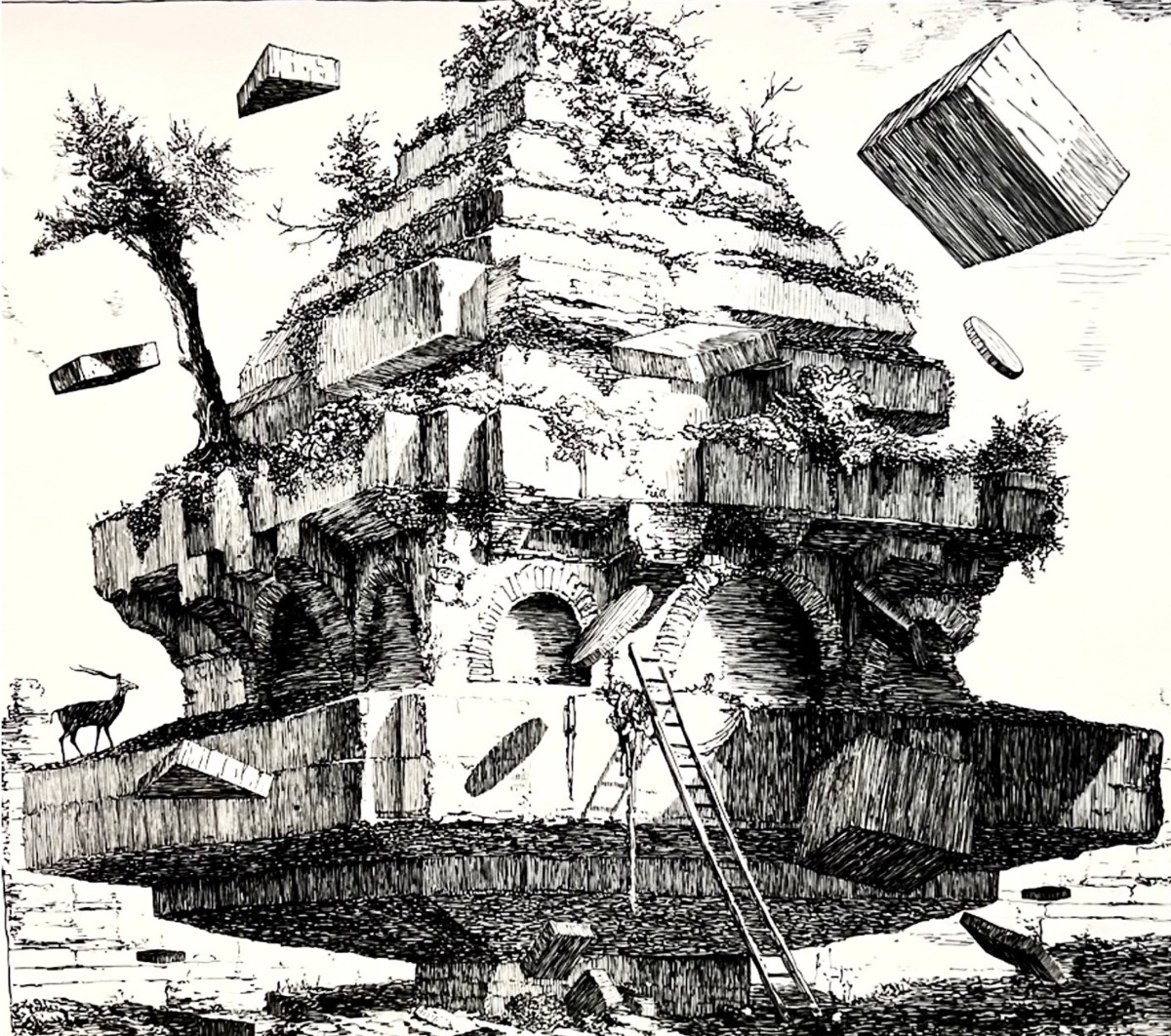
In his series Future Relics, for instance, Arsham dissects the ephemera of contemporary life and reinterprets them as if discovered millennia later, encrusted with minerals and eaten away by time. A Walkman from the ’80s, an iPhone, or a Polaroid camera— suddenly, these items, so integral to modern life, become obsolete artifacts, hinting at a civilization that has collapsed and left only remnants of its technological hubris.
Arsham’s work has an inherent tension: the delicate balance between creation and destruction, permanence and ephemerality. This duality is no accident.
Arsham, born partially colorblind, has spent his life seeing the world through a limited spectrum. His sculptural practice mirrors this incomplete vision of the world. By breaking down his subjects — by fragmenting them, dissolving their completeness — Arsham invites us to reassemble the pieces, both physically and cognitively. He challenges us to see not only the form but the formlessness, to confront not only what remains but what is lost.
Perhaps what is most powerful about Arsham’s work is its universality. Though his sculptures and installations are deeply personal—reflecting his fascination with time, decay, and the fallibility of memory—they resonate on a collective level.
They speak to our shared experience as human beings grappling with the passage of time and the impermanence of everything we hold dear. What will we leave behind? What remnants of our existence will future generations stumble upon, and how will they interpret them? Arsham’s work doesn’t just ask these questions—it sculpts them into being.
There’s a fascinating psychology at play in Arsham’s work. He is both the architect and the archaeologist, building worlds only to break them apart. In his installations, we are often faced with the uncanny—a surreal sense of déjà vu, as if we are gazing at something both familiar and foreign. His work taps into the human condition of nostalgia, but it’s not the comforting nostalgia of fond memories; it’s a haunting one. His pieces remind us of the inexorable march of time and our smallness in the face of its vastness.
Perhaps this is why Arsham’s art is so profoundly moving: it forces us to confront our own temporality. In a world that constantly pushes forward, obsessed with the new and the now, Arsham asks us to pause, to look backward and forward simultaneously. His works are at once nostalgic and prophetic, offering a glimpse of what once was and what might be.
In the end, Daniel Arsham is not just an artist; he is a philosopher of time and memory. His sculptures, like the relics they resemble, carry within them the weight of history and the hope of the future. To engage with his work is to engage with the eternal — a reminder that while time erodes all things, it also preserves them in ways we may never fully comprehend.
Remains of the Tomb, Second State is available and on display at DTR Modern Gallery Second Floor. Following dtrmodern.com for more incredible art.
Read More: https://www.amny.com/entertainment/arts-entertainment/



